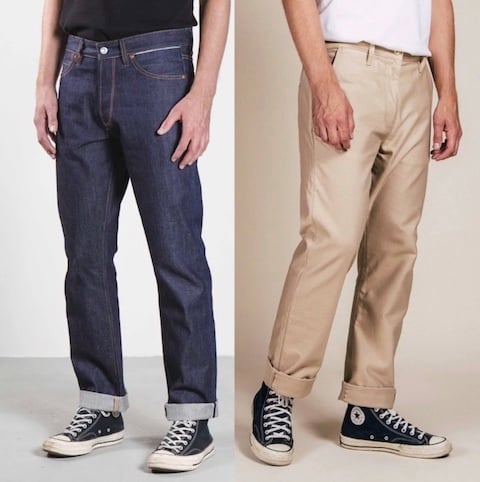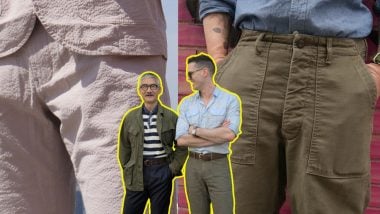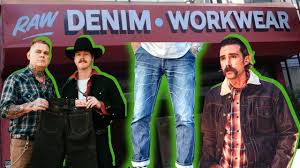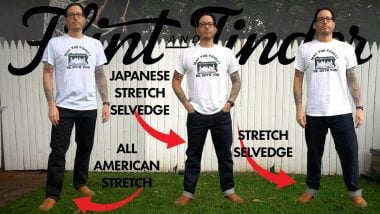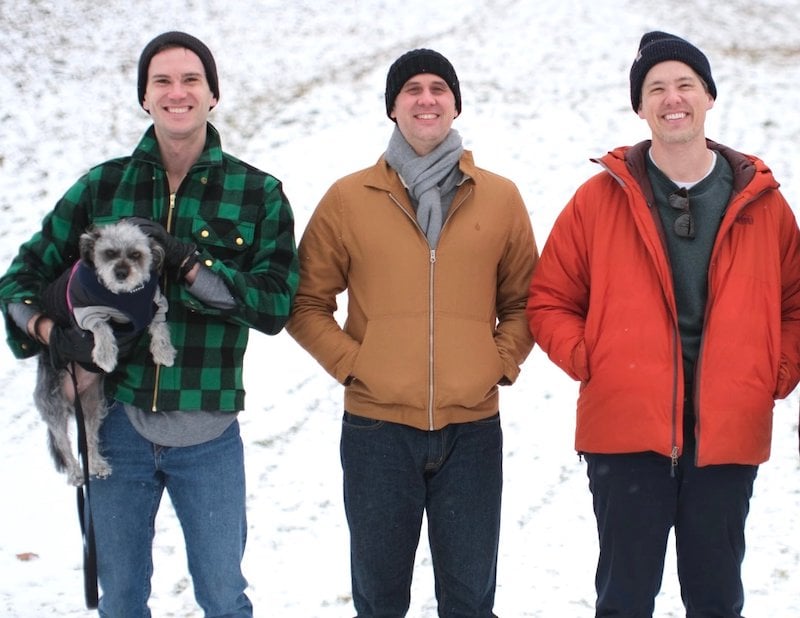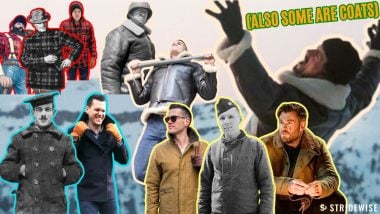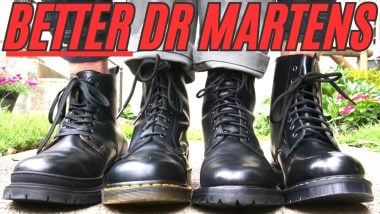Jeans vs Chinos: Key Differences & How to Wear Them from an Expert

Expert Verified By: Mohsin Sajid | Denim Expert
The two most popular types of casual pants are jeans and chinos, but how are they actually different, and when is it more appropriate to wear one over the other?
To answer these questions I had to talk to someone with expertise in both of these kings of casual pants, so I traveled to Amsterdam to meet Lennaert Nijgh, founder of Benzak Denim Developers — who also develops a range of chinos.
Below, I’ll share the most and least noticeable differences between chinos and jeans, find out where khakis fit into all this, and explain the finer points of what to wear with both kinds of pants so that you’re never mismatching. (Yup, even casual wear has subtle “rules” that people notice when they’re not being followed.)
Key Takeaways: Jeans vs Chinos
Jeans are more casual and appear more textured due to the alternating blue and white threads. Due to their thicker fabric and riveted stress points, they’re built to withstand harder use.
Chinos are more versatile, more uniform in color, and considered more acceptable in business casual environments. The pockets are side-entry, more subtle, and more spacious.
Besides the fabric and the hardware, the biggest difference is the design of the pockets.
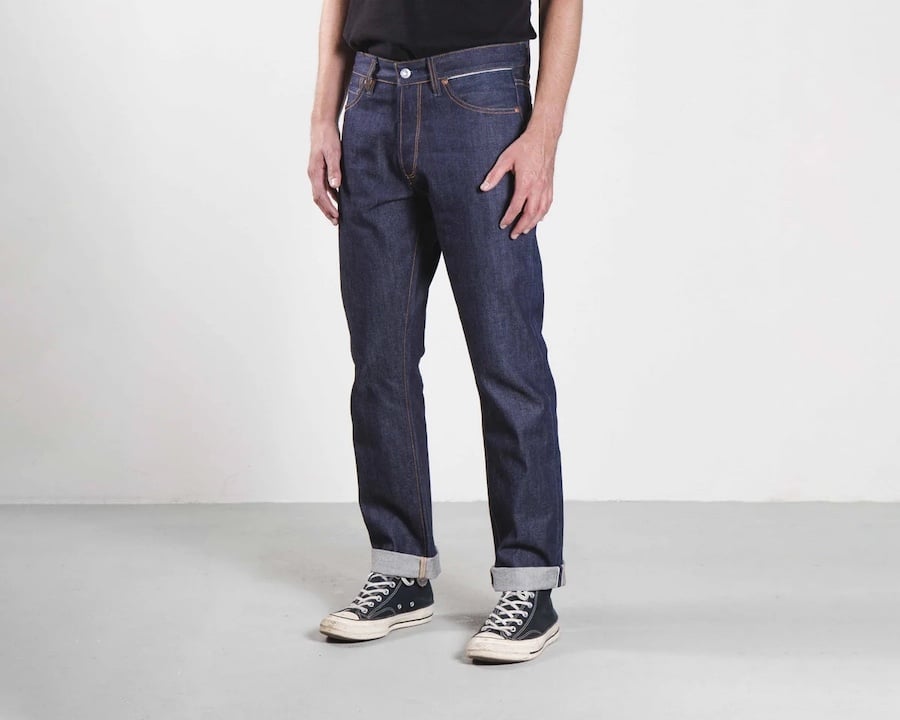

Origins of Jeans & Chinos
- Both made with cotton twill with origins as 19th century workwear
- Jeans were patented in the US in the 1870s and became popular among factory workers, miners, and cowboys.
- Chinos originated as military attire and became widespread among British and US armies toward the end of the 19th century.
- Both gained popularity in the post-war US as casual wear, and today chinos are considered more versatile than jeans.
Both jeans and chinos started out as tough trousers designed for manual labor and challenging environments.

History of Chinos
Chinos were first introduced in the mid-1800s as lightweight, breathable, khaki-colored fabric for British soldiers stationed in India. The typical bright red wool uniforms didn’t work well on the dusty battlefields, and the light color was a sort of proto-camouflage.
The United States Army officially made chinos part of its uniform in 1902. The general public soon picked up the utilitarian appeal of this functional fabric. Levi’s introduced a line of “khakis” as early as 1905, and Brooks Brothers started selling chinos as early as 1942.
European made with Japanese fabric in a range of fits, this Dutch brand is top of the line for high quality casual wear.
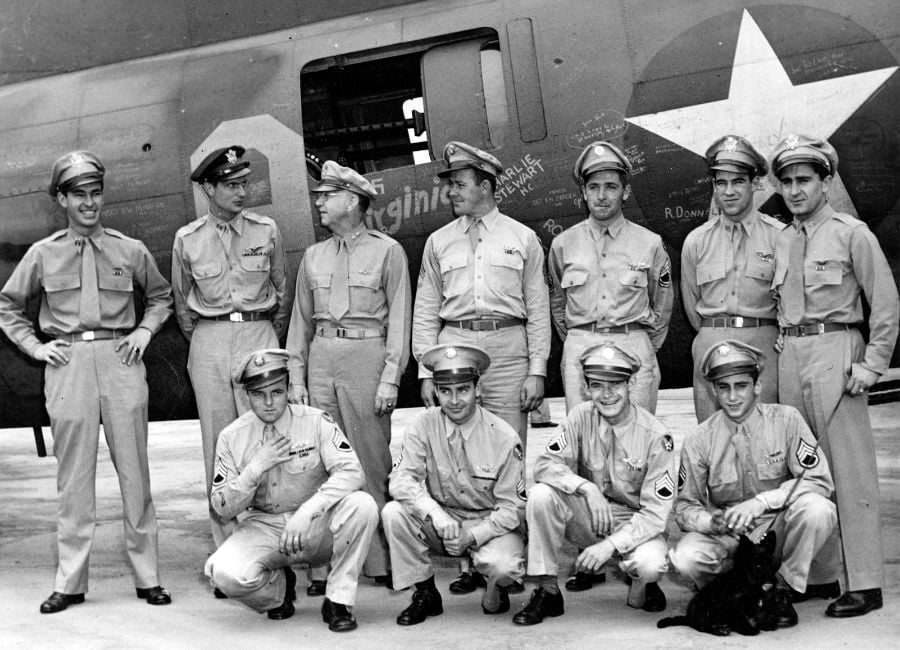
During World War II, US officers wore sanforized khaki twill Cramerton cloth chinos — named after a now closed mill in North Carolina that also supplied Levi’s civilian line of post-war khakis.
“The Relaxed Chino I designed is a sort of homage to the US Military Academy’s West Point twill fabric, which is one of history’s most prominent chinos,” says Lennaert. “So while they’re both designed for hard wear, you can see that there’s a difference between the origins of chinos and jeans: military-inspired versus worker-inspired.”

History of Jeans
In the US, Levi Strauss and Jacob Davis patented the design of denim work pants for miners and laborers in the late 1870s. What differentiated these work pants from previous offerings was the presence of rivets on stress points — you can say rivets are what make jeans jeans.
rivets are what make jeans jeans.
During World War II, the US Navy commissioned Levi Strauss to produce blue jeans for the military. These were so important to the war effort that Admiral W. B. Young, U.S. Navy Chief of the Bureau of Supplies and Accounts, send a telegram to Levis’ saying, “Your efforts in producing Navy dungarees are just as vital as those of the workers turning out munitions of war.”
(“Dungarees” used to be more or less synonymous with “jeans.” There are differences, but they change based on time period and we don’t want to get too sidetracked here.)
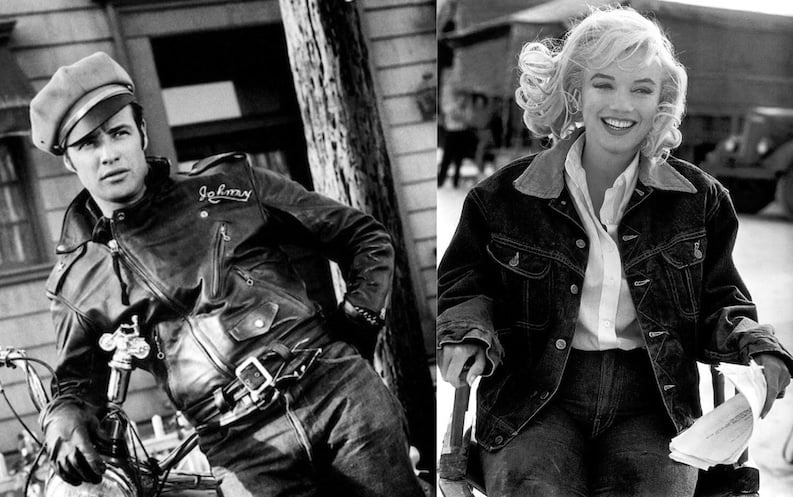
After World War II, the mass of cheap army surplus meant that chinos and blue jeans were affordable options for teenagers in the US. Khaki chinos became essential for pulling off a preppy look, and unlike a pair of denim jeans, it was both casual and smart.
As they are today, jeans were thought of as more casual than chinos, though in the mid 20th century they were considered scandalously so.
“Up until the 1950s or so, you would only wear denim to do manual work. It’s not a fashion item yet,” says denim historian Mohsin Sajid. “But in the 1950s, all the cool kids are wearing denim now because all the actors and celebrities and those in art culture are wearing it. But the older generation didn’t like denim. The younger kids were rebelling by wearing it.”
Wearing jeans outside of work remained a dramatic fashion statement until they slowly became more accepted as celebrities like Marilyn Monroe and Marlon Brando popularized the look.
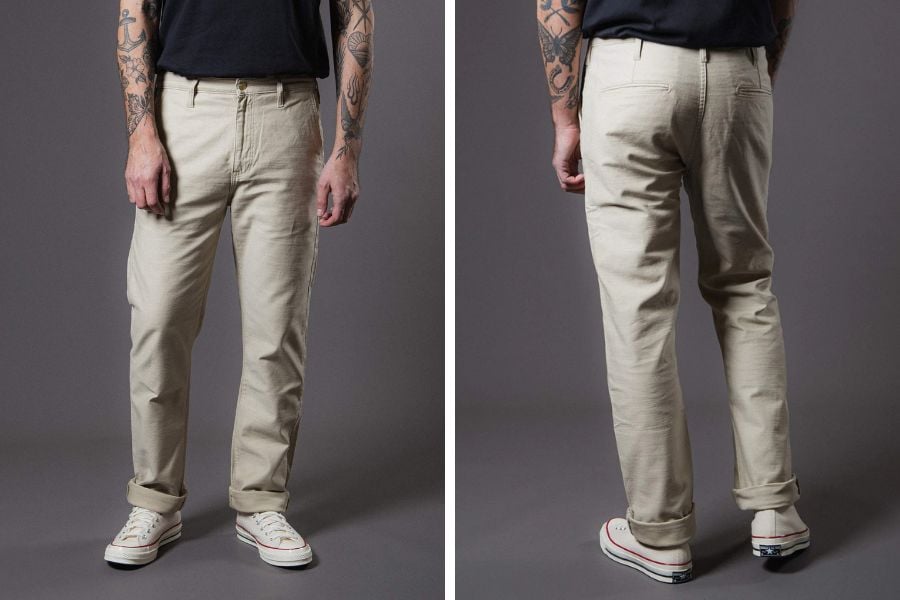
So What are Chinos?
- Twill cotton fabric
- Large, slanted welt pockets on the sides
- Often with a small fifth coin pocket next to the right-hand pocket
- Originally very baggy/roomy to make it easier to work in
- Unlike jeans, the waistband is part of the leg of the trousers
Chinos are trousers made of cotton twill that resemble those worn by World War II officers. The biggest difference between modern chinos and the old military ones is that vintage chinos were very wide, roomy, and high waisted — there was no stretch fabric in those days, so if you were going to move around a lot in your trousers, you just had to make them super roomy. Today, the average chino is made with a smarter straight leg or tapered fit.

By default (so unless someone is calling them “stretch chinos” or something), chinos are 100% cotton woven in a twill weave, which is characterized by diagonal ridges you can see crossing the fabric when examined closely. Historically, chinos are khaki in color.
it’s possible that the most important factor in chinos is the side entry pockets.
Over time, chinos evolved to include a wider array of fits, fabrics, and colors. Benzak sells some pretty ahistorical hemp denim chinos, words that wouldn’t make sense together in the 19th century!
So while they’re meant to be cotton twill trousers, it’s possible that the most important factor in chinos is the side entry pockets. You can get away with calling something a “chino” if it’s made of a different fabric, but not if it has a jean’s five-pocket design.
European made with Japanese fabric in a range of fits, this Dutch brand is top of the line for high quality casual wear.

What are Jeans?
- Made of denim, a twill that’s usually comprised of indigo and undyed cotton woven together
- “Five pocket” design: the back pockets are stitched on top of the butt, the two front pockets are inset over the front of the thighs
- Visible rivets to strengthen stress points
- Often has contrast stitching
Jeans are so popular that you can find variations made from almost any fabric, but the standard jean is made of denim. That’s a type of twill, which is why you can see diagonal lines when you look closely at jeans just as you can with chinos.
The difference is that denim is usually made of two different colored yarns: an indigo warp and an undyed (cream colored, or “ecru”) weft.
“And while they’re both twill, with denim, the yarns are dyed before they’re woven together,” adds Lennaert.
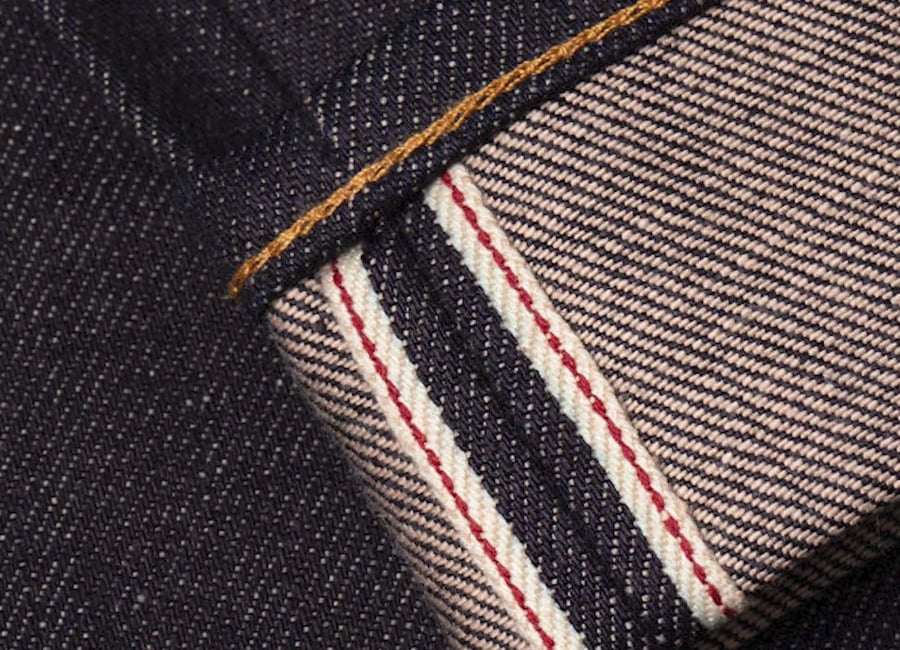
But hey, black jeans usually have all black yarns, and even experts have trouble saying exactly when denim stops being denim and starts being some other kind of twill.
What unites all jeans is the presence of rivets at stress points and the classic 5-pocket design: it’s harder to walk with your hands in the pockets of jeans, but they also don’t flare out to the side like a chino’s pockets can.
The design has remained largely unchanged for the last 120 years.

Differences: Jeans vs. Chinos
- Jeans follow the distinctive five-pocket design; the pocket’s placement and design are different
- The back pockets of chinos are usually welt pockets; jeans have patch pockets
- Jeans have rivets at stress points (like the front pockets), chinos use bar tacks (very dense stitching)
- Some chinos have darts on the back for a more tailored look; jeans have a V-shaped yoke
- Chinos are usually uniform in color, the fabric is dyed after it’s woven; jeans are usually made of blue denim that’s made of blue and off-white yarns woven together
- Denim is usually thicker than chino cloth: an average of roughly 12 ounces versus 9 ounces.

Pockets
“When we talk about chinos, the front pockets are slanted,” Lennaert explains. “And with jeans, they’re a bit broader, rounder, and shorter. You usually call the jean pocket design ‘the 5-pocket design,’ even though chinos often have five pockets as well. It’s easy to put your hands in the pockets of chinos because they’re more on the side of the leg, they’re usually larger, and the pockets are less flush against the thigh.”
The fifth pocket of the jean’s “5-pocket design” is a small coin pocket inside the right front pocket. Chinos often have a coin pocket too but it’s next to the right pocket, on the front of the pants underneath the waistband.
“The second thing is the back pockets,” says Lennaert. “Chinos have welt pockets: your hand goes inside the pants when you put your hand in the pockets. Jeans have the back pockets stitched onto the jeans.“

Yoke
A third main difference is that jeans have a back yoke and a V-shaped panel below the waistband, which helps contour the fit around the waist and hips.
In contrast, chinos may use darts — triangular folds in the fabric near the waistband you can see above the pockets here — to achieve a tailored shape without needing a yoke.
“It’s the front pockets, it’s the back pockets, and it’s the back yoke,” says Lennaert. “These are the biggest stylistic differences for us.”

Seams, Stitching, & Rivets
Jeans usually have two elements that make them appear more rugged: contrast stitching — usually yellow against the blue — and rivets at stress points for durability.
Chinos avoid these elements, and when you combine that with the uniformly dyed fabric, you can see why chinos have a much cleaner, more polished, less workwear-y look — even though the material and construction are still quite tough.
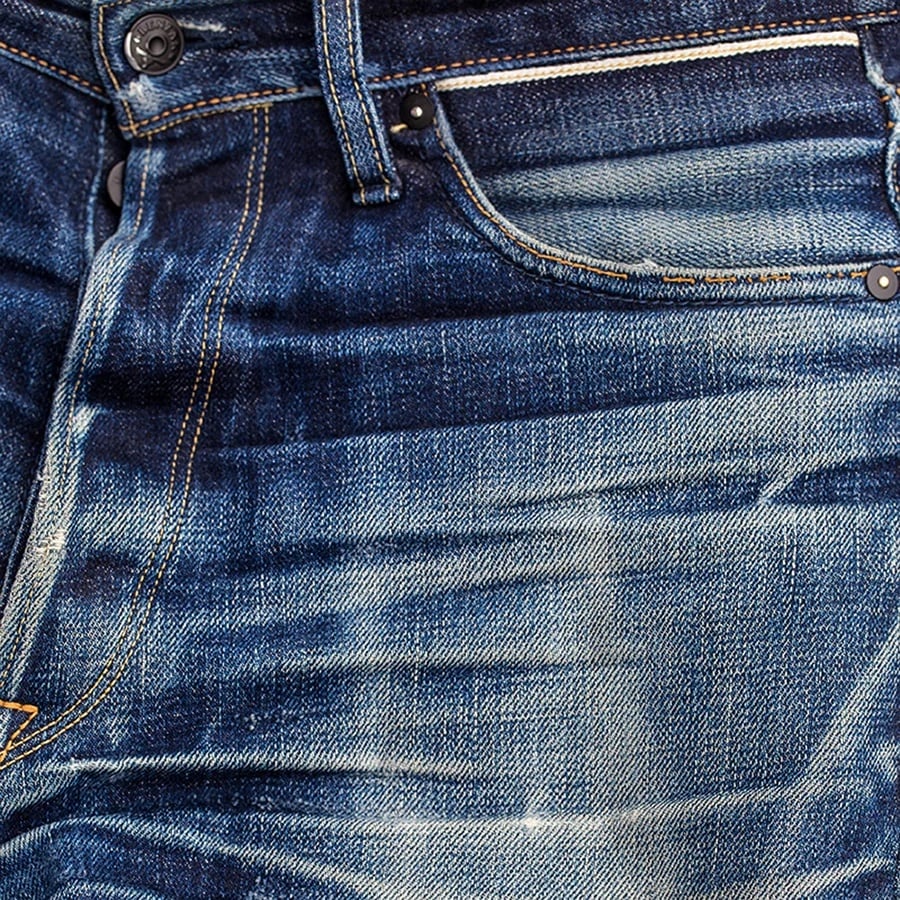
Fabric
“Jeans are practically always made of denim with two different colored yarns woven together, so you can see blue and white,” explains Lennaert. “Whereas with the twill you use on chinos, the fabric gets woven together and then dyed — piece dyed, in other words — and then you turn it into pants.”
Indigo dyed denim also fades with wear, revealing the yarn’s undyed core. This is specifically because of how indigo works as a dye, it doesn’t have anything to do with the cotton.
“Indigo is actually a very bad dye because it doesn’t properly attach to the cotton,” says Lennaert. “It doesn’t really penetrate to the core of the fabric, and it chips off with wear.”
(There are exceptions with more colorfast dyes and so on, but this article would never end if we talked about every exception to the rules.)

Chinos vs. Khakis
- “Khaki” can mean a dull, brownish-yellow-colored cotton fabric used in military clothing
- “Khaki” can also refer to a type of clothing, especially chinos, made of khaki fabric
- “Chino” refers to a cotton twill that’s often khaki-colored
- “Chino” can also refer to casual pants made from chino cloth
- People tend to use the terms interchangeably, even when chinos aren’t khaki-colored, though it most often refers to khaki-colored, chino-style trousers
“There are certain differences, but not everyone agrees on them,” says Lennaert. “Some will say khakis are wider, thicker, or have pleats. It’s more likely that khakis are just khaki-colored chinos and that’s the only difference to other chinos.”
Chinos might be a more versatile term. They can be all sorts of colors, while khakis are usually khaki. Or tan, or brown, or drab — khaki.
The takeaway is that you should not get very wedded to these distinctions between chinos and khakis because most people don’t use or know them.
“If you want to call my tan chinos ‘khakis,’ feel free,” laughs Lennaert. “It doesn’t matter!”
From classic khaki twill chinos to brushed denim and military sateen, Benzak produces some of the best chinos you can find.

How to Wear Jeans & Chinos
- Jeans are more casual due to their visible hardware and propensity to fade
- Chinos are more versatile, mostly because they’re less eye catching: they can be worn casual, smart casual, and business casual; and look better with a tucked-in shirt
A lot of guys are probably wondering, “Can I wear jeans to the office? Can I wear chinos to the office? Which one is easier to wear to the office?”
Firstly, everyone defines “business casual” or “office appropriate” differently, and the appropriateness of jeans probably varies across workplaces more than any other rule. Ask your boss!
For a more general rule: jeans are casual, so they’re not dressy. Besides sweatpants and athleisure, jeans are the most casual kind of pants. They’re everyone’s go-to off-the-clock pants precisely because they’re not professional. It’s kind of their whole point.
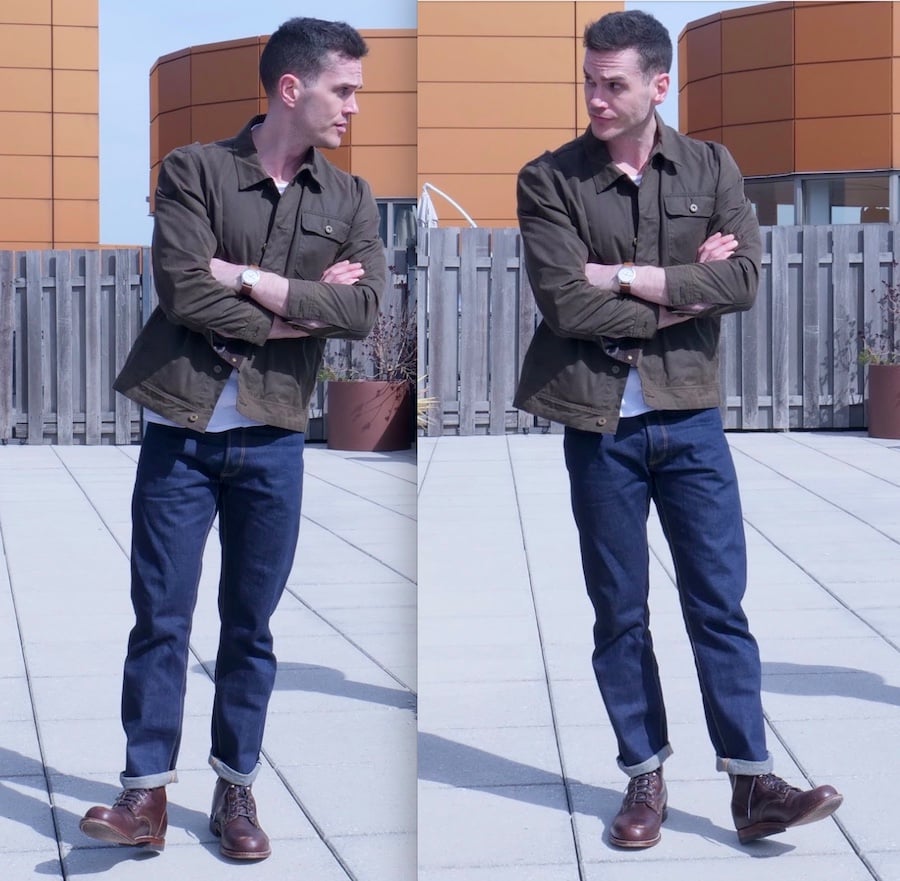
The glittering rivets, distinct contrast stitching, and bristling fades all underscore the jeans’ intention to be beat up outside of an office.
“Some offices consider plain, dark jeans acceptable,” Lennaert concedes. “But when you develop a fading pattern on a pair of jeans, it might not be the best type of garment for a business environment.

Chinos are more versatile because there’s simply less to look at: the color’s uniform, there’s no visible hardware, and the stitching doesn’t contrast. They’re innocuous.
Now, that isn’t the case if you get true, wartime reproduction vintage chinos, which have dramatically wide legs.
“The vintage, old school chinos are quite wide and they’re not really suitable for an office environment,” says Lennaert. “But what we do with our chinos is sell a regular tapered fit and a straight leg fit, which will usually work fine in any office that doesn’t require a full suit and tie.”
European made with Japanese fabric in a range of fits, this Dutch brand is top of the line for high quality casual wear.
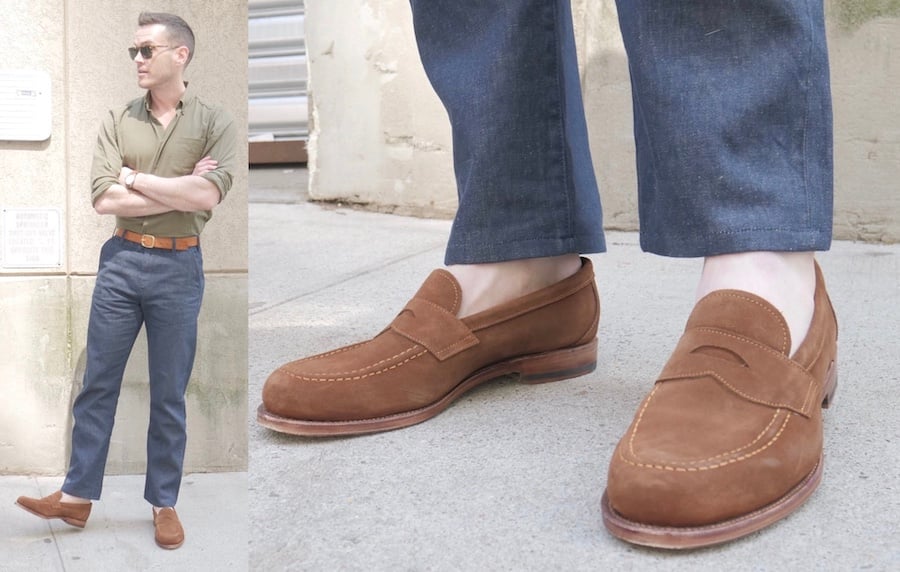
Wrapping Up
To sum up: chinos have side entry pockets and jeans have riveted pockets on the front. You can find exceptions to almost every other rule here, but those pockets are what makes a pant “jean style” or “chino style.”
Almost all the time, jeans are simply more utilitarian looking and as such are best suited to the most casual of spaces. Chinos are uniform in color and less eye catching, so they blend into more environments.

